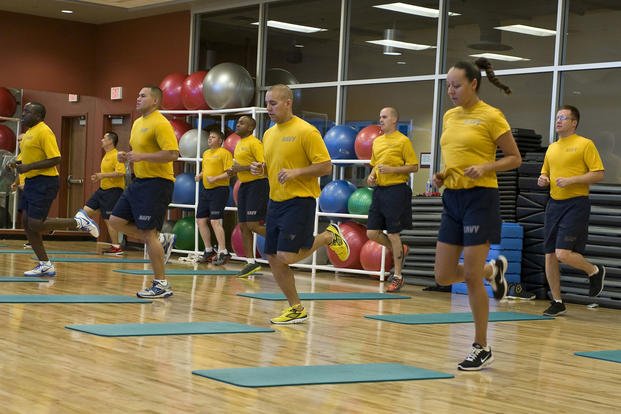Almost anyone who exercises regularly will develop an ache, pain or sports injury at some time or another.
The most common injuries at Joint Base Balad, Iraq, are ankle sprains, sports injuries, repetitive strains and lower-back pain.
Being "Fit to Fight" requires understanding sports conditioning, which is a balance between overload and recovery. Too much of one or the other may result in both physical and psychological symptoms of overtraining syndrome, which can lead to injury.
Recognizing signs of overtraining can help service members change their routine to prevent problems from progressing or even starting in the first place.
Here are some things to consider when working on fitness goals:
Understand workout objectives and have a plan: To excel at a skill, practice it. Using incorrect technique not only reduces the effectiveness of a workout, but it also increases the risk of injury. It is also important for someone who is working out to know their limits and seek out an experienced person to help.
Cross-train: Doing the same workout routine all the time can increase the risk of injury, and it can lead to muscle imbalance, weakness and monotony. Cross-training, combining endurance and speed training, and adding weight training or yoga are ways to maintain a high level of fitness without overstressing certain muscle groups.
Rest and recovery: Rest is often an overlooked part of a workout routine for effective training. People who don't plan recovery days limit their ability to train. The human body gets stronger after exercise stress, which means downtime and sleep are necessary to rebuild muscle tissue.
An effective training program will have regular periods of rest and recovery. This allows time to adapt to the exercise. Rest also allows mental and emotional recovery to avoid exercise burnout.
Furthermore, exercising while fatigued is another way to get sloppy with form. It's harder to maintain proper technique and stay focused when tired.
Recovery can be quick by observing the body. If a person is feeling tired, sore or notices decreased performance, more recovery time or a break from training may be needed. In most cases, the body knows what it needs, when it needs it.
Most people; however, do not want to listen to what their body tells them. Pain sometimes will stop gains, because no muscles are built while the body is experiencing pain. Being tired is desired, not being in pain.
Related articles:
Stew Smith is a former Navy SEAL and fitness author certified as a Strength and Conditioning Specialist (CSCS) with the National Strength and Conditioning Association. Visit his Fitness eBook store if you're looking to start a workout program to create a healthy lifestyle. Send your fitness questions to stew@stewsmith.com.
Want to Learn More About Military Life?
Whether you're thinking of joining the military, looking for fitness and basic training tips, or keeping up with military life and benefits, Military.com has you covered. Subscribe to Military.com to have military news, updates and resources delivered directly to your inbox.

















